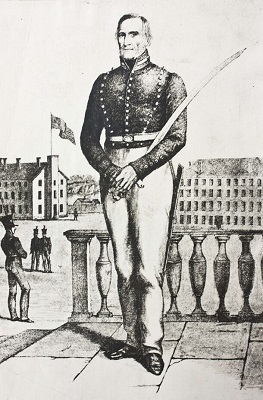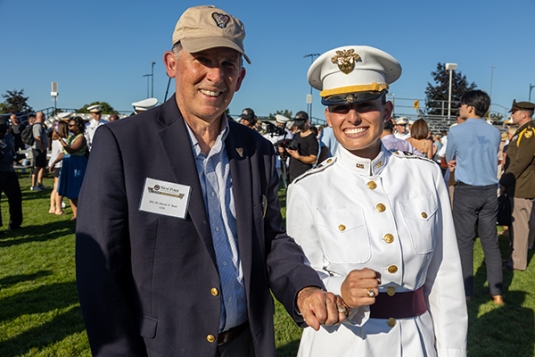Alden Partridge (1806) had an astounding idea: He would hike two of Vermont’s highest peaks, Mount Mansfield and Camel’s Hump. That might not sound like such a revolutionary notion to us. After all, thousands of people hike those mountains each year.
But this was 1818, and two centuries ago hiking wasn’t exactly a popular sport. Just saying you wanted to climb a tall mountain might have qualified you as being eccentric.
The other remarkable thing about Partridge’s idea is that he planned to get to and from the mountains by foot. Though this was still three decades before the arrival of railroads, Partridge could have traveled there largely by a combination of horse and boat. Instead he opted to make the trek, all 160-plus miles roundtrip from his home in Norwich, entirely on foot.
As heartened as Partridge would be to know what his hiking habit has helped spawn, he was pursuing his passion for another purpose. He was trying to craft hardy citizen soldiers and give them what he termed a “physical education” to complement their book learning. The son of a Revolutionary War veteran, Partridge was a career Army officer. He had been born in Norwich and attended nearby Dartmouth College before transferring to West Point.
After graduating, Partridge taught mathematics and engineering at West Point. In 1814, he was named superintendent of the school. But his tenure was short-lived. His changes in the school’s curriculum and administration proved unpopular with superiors, who dismissed him.





